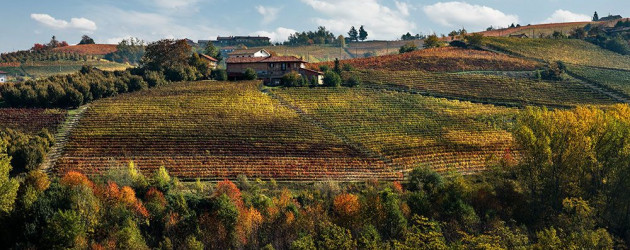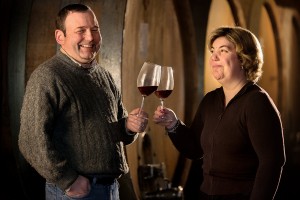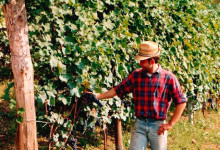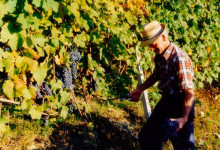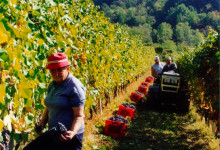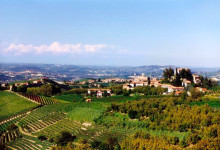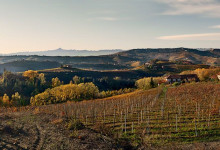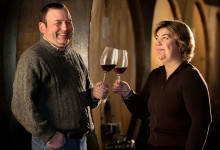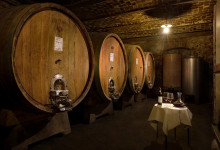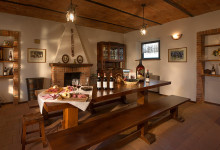On the way to the village of Monforte d’Alba, just passed Perno hamlet you can reach Località Castelletto. Monforte d’Alba is today one of the most renowed for the wines production.
This village, one of the most characteristic of the Bassa (Low) Langa area, home of the Nebbiolo grape and noble wines such as Barolo, Barbaresco, Barbera, of the celebrated truffle and of the Tonda e Gentile (Round and Gentle), the famous hazelnut of Piemonte used in the production of its desserts.
In this area, dipped in the silence of Langhe you can found Cascina Gramolere founded in 1966 and owned by the agrotechnic Claudio Pressenda.
This is a small family run business where Pressenda family produces typical red Langa wines in the respect of tradition. They sell in Italy and abroad, unpacked too.
The Farmhouse has 4.5 ha of vineyards in half hill, cultivated in red grapes as nebbiolo, barbera and dolcetto. The average annual production is 20.000 bottles.
Working in the Vineyards
The work in the vineyards, strictly carried out by hand, comprehend a broad spectrum of different activities: from December to March the vines have to be pruned; in March-April there’s the binding then from May to the end of June there’s the removal of the basal shoots and the “green binding” (these operations are part of the “green pruning” which is aimed to remove the excessive plant’s parts and to create a closely perfect espalier).
Then, by the end of July, the numbers of the racemes has to be reduced, in order to improve the health and strenght of the remaining ones. The only vine related activity which is carried out with the help of machines is the removal of the excessive plants’ tops.
Last (but not least) from September to October it is the harvest season.
The pesticide treatments are carried out from April to August, while the scarification of the soil takes place in autumn at the same time of the fertilization.
Weeding and shredding are carried out mechanically, 3-4 times a year, and avoid the use of chemicals.
These are the actions we carry out in the cellar: soft pressing, fermentation with the traditional method of cap with pumping over, a second pressing, decanting (to keep the wine as clean as possible), storage in stainless steel or cement tanks.
The aging of Barolo and Barbera d’Alba takes place in large oak barrels (not in barriques). For bottling, we went from cork to Nomacorc, a type of eco-friendly and fully recyclable cap made from plant-based biopolymers extracted from sugar cane.
The packaging for sale takes place in a separate room.




